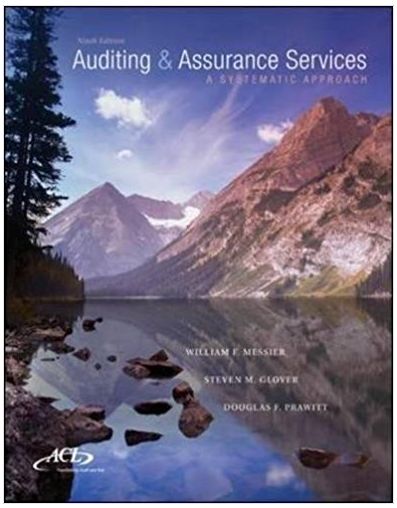Part I: Merry- Go- Round (MGR), a clothing retailer located primarily in shopping malls, was founded in
Question:
The company’s sales continued to fall, and later in 1993, it brought back one of its cofounders to manage the company and wrote down a significant amount of inventory. However, this inventory write- down caused the company to violate loan covenants. Facing bankruptcy, the company, based on the advice of its newly hired law firm Swidler and Berlin, hired turnaround specialists from Ernst and Young (E& Y) to help overcome the financial crisis and develop a long- term business plan. However, the company’s decline continued, and it filed for Chapter 11 reorganization in 1994. In 1996, the remaining assets were sold for pennies on the dollar.
Subsequently, a group of 9,000 creditors (including former employees and stockholders) began litigation against parties it deemed responsible for their losses. These parties included E& Y, which the creditors sued for $ 4 billion in punitive and compensatory damages (E& Y’s fees from MGR totaled $ 4.5 million). The lawsuit alleged that E& Y’s incompetence was the main cause of MGR’s decline and demise.
The lawsuit alleged in part that
• The turnaround team did not act fast enough.
• The leader of the team took an eight- day vacation at a critical point during the engagement.
• The cost- cutting strategy called for only $ 11 million in annual savings, despite the fact that the company was projected to lose up to $ 200 million in 1994.
• While store closings were key to MGR’s survival, by 1995 only 230 of 1,434 stores had been closed and MGR still operated two stores in some malls.
• The turnaround team included inexperienced personnel— a retired consultant, a partner with little experience in the United States and with retail firms, and two recent college graduates.
• E& Y charged exorbitant hourly rates and charged unreasonable expenses (e. g., charges included reimbursement for a dinner for three of the consultants totaling in excess of $ 200).
E& Y denied any wrongdoing but in April 1999 agreed to pay $ 185 million to settle with the injured parties.
Required:
a. Although this was not an audit engagement for E& Y, some of the allegations against the firm can be framed in terms of the 10 generally accepted auditing standards. Which of the 10 GAAS was E& Y alleged to have violated?
b. Indicate which of the principles underlying an audit conducted in accordance with generally accepted auditing standards E& Y allegedly violated.
c. Should there be specific professional standards for CPAs who consult? Given that non- CPAs who consult do not have formal professional standards, describe the advantages and disadvantages that result from such standards.
Fantastic news! We've Found the answer you've been seeking!
Step by Step Answer:
Related Book For 

Auditing and Assurance Services A Systematic Approach
ISBN: 978-1259162343
9th edition
Authors: William Messier, Steven Glover, Douglas Prawitt
Question Posted:





